Figures & data
Figure 1. Google map of the study area (the light blue filled isosceles triangles are the sampling points).
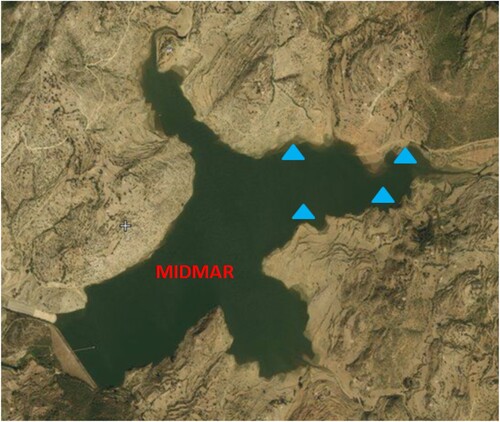
Figure 2. Diplostomum spp. metacercariae in the vitreous humour of eyes, Contracaecum spp. in the intestine, and Myxosporea (Myxobolus cysts) beneath the scales or on the surface of the skin from fingerlings of O. niloticus.
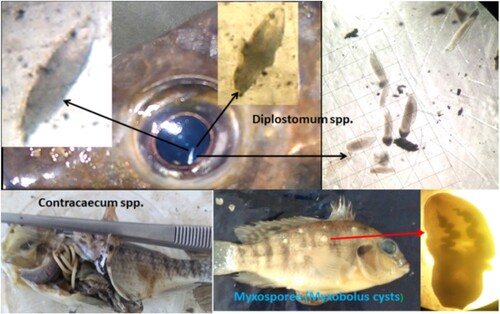
Table 1. The prevalence and mean intensity of Diplostomum spp., Contracaecum spp., Myxosporea, Clinostomum spp., Eustrongylides and Leech.
Table 2. Distribution, locations and number of ecto and intestinal parasites O. niloticus fingerlings recovered in Midmar reservoir.
Table 3. Parasite infestation in O. niloticus fingerlings and their numerical distribution in body parts.
Table 4. The prevalence of parasites in relation to host sex.
Figure 4. Relationship between condition factor and the number of Eye flukes (Diplostomum spp.) Parasites (y = −0.004x + 0.014; P = 0.031; df = 1).
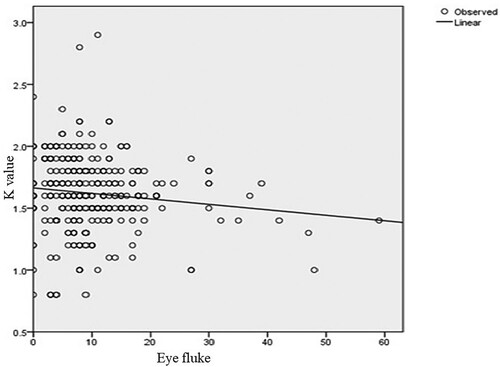
Figure 5. Relationship between condition factor and the number of Contracaecum parasites (Y = 0.003x + 0.002; P = 0.456; df = 1).
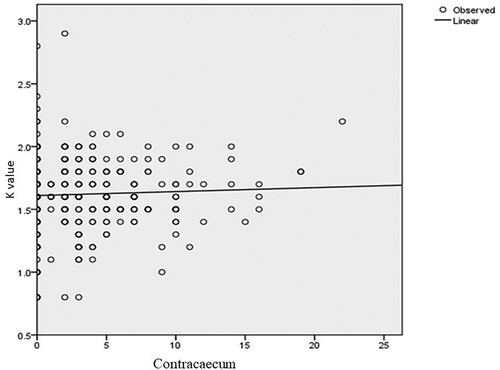
Figure 6. Relationship between condition factor and the number of Myxosporea parasites (y = 0; P = 0.894; df = 1).
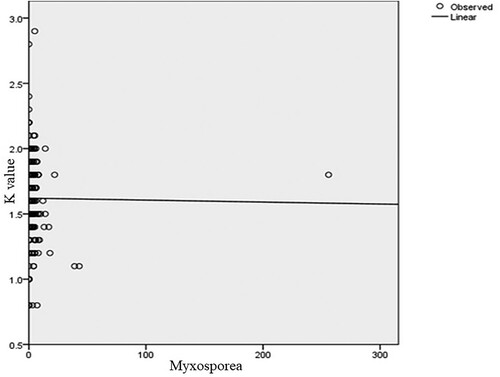
Figure 7. Relationship between condition factor and the number of Leech parasites (y = 0.49x + 0.003; P = 0.338; df = 1).
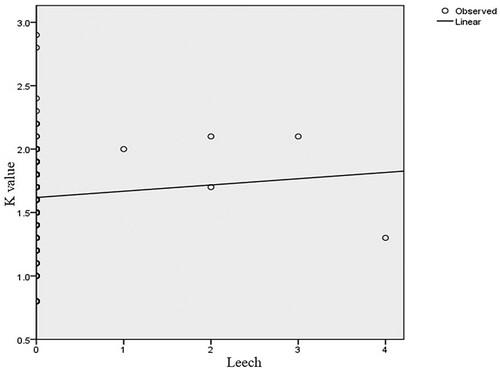
Figure 8. Relationships between condition factor and the number of mixed parasites (y = 0.002; P = 0.373; df = 1).
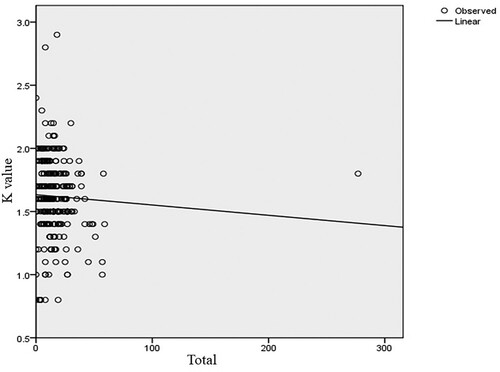
Table 5. Prevalence of ecto and intestinal parasite in O. niloticus fingerlings collected in relation to their total length in Midmar reservoir.
Table 6. Prevalence of ecto and endoparasite in O. niloticus fingerlings collected by their body weight in Midmar reservoir.
Table 7. Water quality parameters of Midmar dam during January and April 2016.

